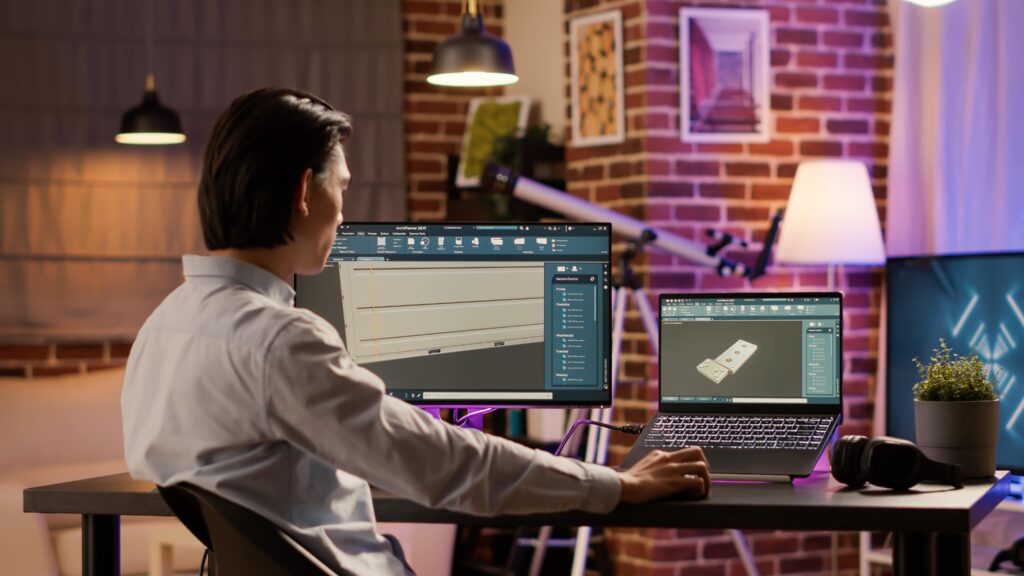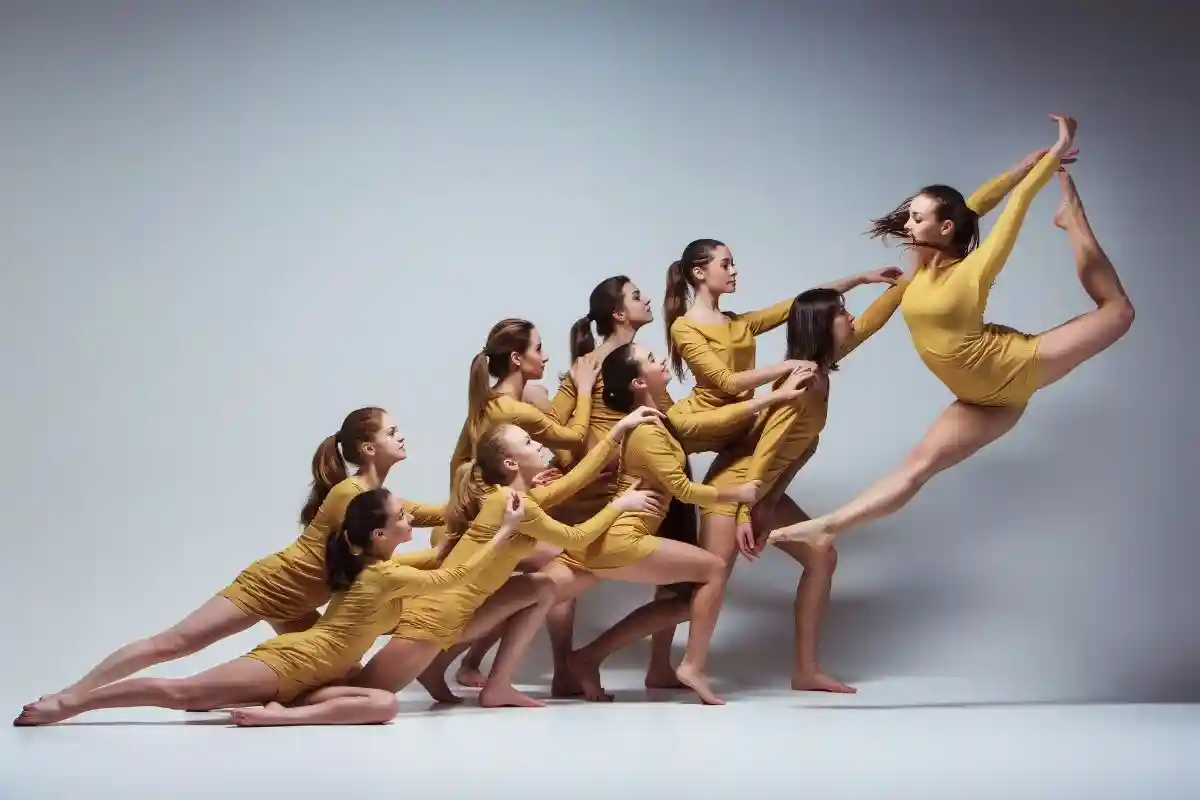Crafting dynamic action sequences in animated films is a skill that requires a blend of creativity, technical expertise, and storytelling prowess. Animators play a crucial role in bringing these sequences to life, captivating audiences with thrilling visuals and emotionally resonant moments.
Storyboard Artist
Storyboard artists are essential in crafting dynamic action sequences. They visually interpret the script, creating a blueprint for the sequence’s composition, camera angles, and character movements. Their work serves as a guide for animators, directors, and other team members.
Character Animator
Character animators breathe life into the action sequences by animating the movements and expressions of characters. They must understand the nuances of body mechanics, facial expressions, and emotion to create believable and engaging performances that drive the action forward.
Effects Animator
Effects animators specialize in creating visual effects that enhance the impact of action sequences. They work on elements like explosions, fire, water, and magical effects to add excitement and realism to the scenes. Their work can elevate the overall visual quality of the animation.
Layout Artist
Layout artists focus on the composition and staging of scenes within the action sequences. They determine the placement of characters, props, and backgrounds to ensure clarity, continuity, and visual appeal. Their work sets the foundation for the animation process.
Lighting Artist
Lighting artists play a crucial role in setting the mood and atmosphere of action sequences. By manipulating light and shadow, they enhance the drama, tension, and emotion of the scenes. Their work can transform a sequence from ordinary to visually stunning.
Compositing Artist
Compositing artists bring together various elements of the action sequences, including characters, effects, backgrounds, and lighting, into a cohesive final image. They ensure that all elements blend seamlessly to create a polished and visually striking sequence.
Rigging Artist
Rigging artists create digital skeletons and controls that allow characters to move and interact within the action sequences. Their work is essential for achieving realistic movements and expressions, adding depth and complexity to the animation.
Motion Capture Artist
Motion capture artists use technology to capture real-world movements and translate them into animated sequences. By recording the movements of actors or objects, they can achieve lifelike and dynamic animations for action sequences.
Texture Artist
Texture artists add detail, texture, and color to the surfaces of characters, props, and environments in the action sequences. Their work enhances the realism and visual appeal of the animation, immersing the audience in the world of the film.
Creative Director
Creative directors oversee the overall vision and direction of the action sequences. They work closely with the animation team to ensure that the sequences align with the film’s style, tone, and storytelling goals. Their leadership and creative input are instrumental in shaping the final product.
Conclusion
Crafting dynamic action sequences in animated films requires a diverse range of skills and roles working together seamlessly. Each animation team member plays a vital part in bringing these sequences to life, creating memorable and impactful moments that resonate with audiences.
The collaboration, creativity, and technical expertise in crafting action sequences make animation a truly unique and exciting field.
Key Takeaways:
- Storyboard artists lay the foundation for action sequences by visually interpreting the script and guiding the composition.
- Character animators breathe life into sequences through nuanced movements and expressions that drive the narrative forward.
- Effects animators enhance the impact of action sequences with visual effects that add excitement and realism.
- Layout artists focus on composition and staging to ensure visual clarity and appeal.
- Lighting artists set the mood and atmosphere, elevating the drama and emotion of the scenes.
- Compositing artists bring together elements to create a cohesive and visually striking final image.
- Rigging artists enable realistic character movements and interactions within sequences.
- Motion capture artists translate real-world movements into dynamic animations.
- Texture artists add detail and realism to surfaces, enhancing the visual appeal of the animation.
- Creative directors oversee the vision and direction of action sequences, ensuring alignment with the film’s storytelling goals.
To further enhance your skills in crafting dynamic action sequences, consider enrolling in the NYU Animation Industry Essentials online course and certificate program offered by Yellowbrick. This program provides valuable insights and practical knowledge to help you succeed in the animation industry.




